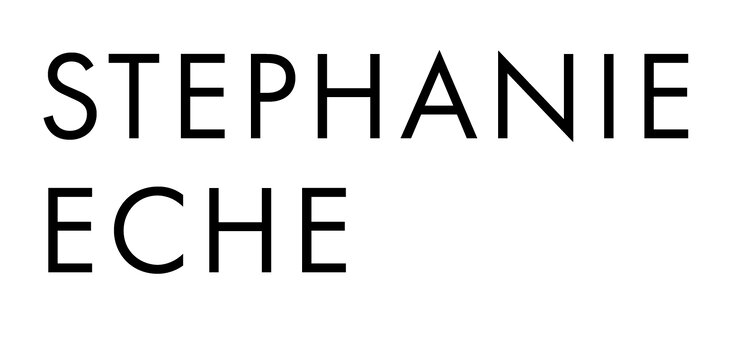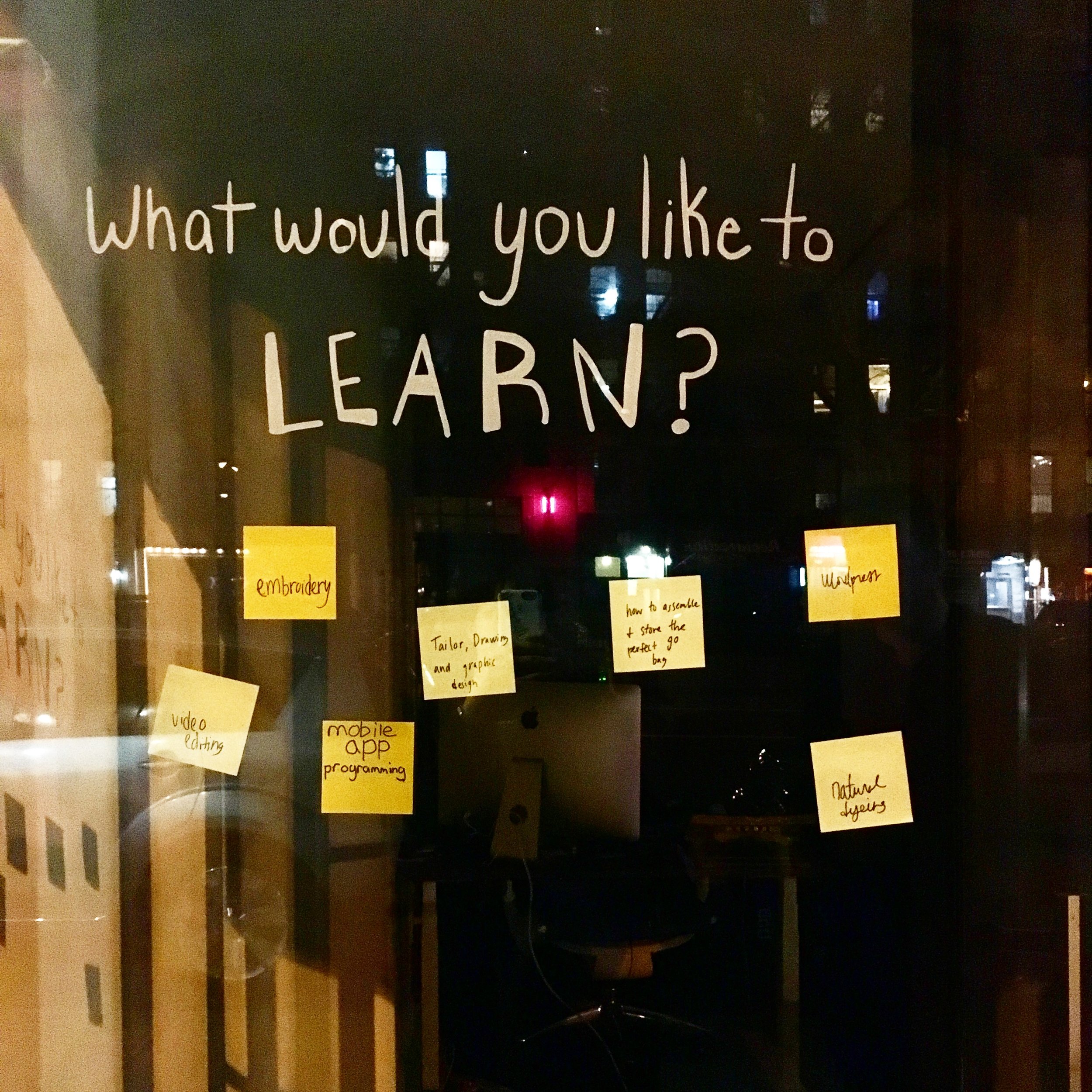I found a flyer for the workshop on the door of the Essex Street Market. The purpose of the workshop was to come up with programming ideas for when the market relocates.
As a newcomer, I attended the workshop more to get to know others in the neighborhood and what they care about. I was also curious who was running the workshop and what would happen afterward with the material learned from the community.
Overall it was a worthwhile event. It was attended by about fifty people from the neighborhood and of a variety of ages and races. We were separated into different groups with topics like ‘family events’ and ‘educational programming’ and led through some questions to brainstorm ideas of what programming the market could have.
Health was not a focus of the workshops, but many people in my group brought up health issues and ways to promote health and sustainability through the market programming and the way the market is run. Gentrification and equity were not called out by name, but we did discuss pricing and fundraising for the programming as most attendees wanted to keep it accessible to various levels of incomes.
It was unclear what kind of budgets were available for the programming, which made it less fun to come up with ideas because it seemed like the programs would probably end up being expensive and only accessible to middle or higher income individuals. It would have been helpful if we had an idea of what funds were available to come up with more realistic ideas.
I meet some neighbors and had an enjoyable time listening to what my new community loves about the Essex Street Market and hopes to see in the location.
Some things that I think could have made the workshop better:
- Introduce the decision makers on the development. I may have missed something, but I don’t think any decision makers on the actual development project were introduced or mentioned at the workshop. I sensed someone was there, but it was more of a looming presence than an actual presence. The workshop seemed to be led by the Lower East Side Partnership, but I highly doubt they will be making the final decisions on the market design or programming, unless they are also funding it. Who’s paying for this? Where are they?
- Have childcare available. Every time I go to a workshop like this, I think, if I were a parent there is no way I’d have time to be here, especially if I were a single parent. Having childcare not only provides a service that will enable more community members to attend, but will also signify that the market is committed to being family-friendly.
- Lead introductions within the small group. I introduced myself to the people next to me and it seemed like most people at my table did the same, but for those participants that aren’t as outgoing, give them an opportunity to introduce themselves in a safe environment. Going around the table and sharing one’s name and what brings them to the workshop is a very easy way to break the ice.
- Listen more than you talk. Facilitators should be guiding the discussion, not the main person in it.
- Have someone taking notes. This can be an attendee, but make sure it is clear that what is being shared is being recorded. Ideally, this is visual so the entire group can see and it can be photographed and shared with the decision makers later. A post-it self-stick pad can be propped up on an easel and a large, thick, black marker can be used to make sure everyone can see the notes.
- Give clear instructions. We all had post-its and a pen at our seat, but it wasn’t clear what to do with them. The series of questions we were asked started getting redundant toward the end, and also didn’t seem to match the giant white paper with questions on our table.
- Use thick markers. The pens were also very faint, so once we wrote on the post-its, it was hard to read from far away. Again, having thick markers will enable everyone to see what’s written on the post-its. Also, try having individuals put up their post-its and share what they written to have more participation and explanation from the attendees themselves. You can use a wall to put the sticker up and keep them there for the duration of the workshop.
- Summarize, but don’t repeat. Towards the end of the workshop, the facilitator started sounding like a broken record. Having visuals will help a facilitator to review the key terms or themes in a more natural way, and the facilitator can even have an attendee do it!
- Reveal what happens next. When you have an invested group of community members in a room, who just spent an hour and a half of their weekday evening giving you their ideas and hopes for their community market, you must give them some insight into what will happen next. Will someone be giving a presentation to the developers and designers on the project? Will an email be sent? Will there be a follow up workshop? Will all of our ideas just be thrown away and forgotten? Ideally, the workshop will be documented, via photographs and words, and an accurate summary of the learnings from the workshop will be presented to the key decision makers on the project. I left feeling like this might not actually happen. Even just saying ‘we’ll be sending out a newsletter with a summary of this workshop’ would have made me feel like my time was well spent.
Update: there was an email! And a summary! Check it out here. Not sure what the developers got, but I’m assuming they got something!
- If possible, have some wine. This will probably not work for every workshop, but some folks might open up if they have a glass of wine or a beer in hand.













